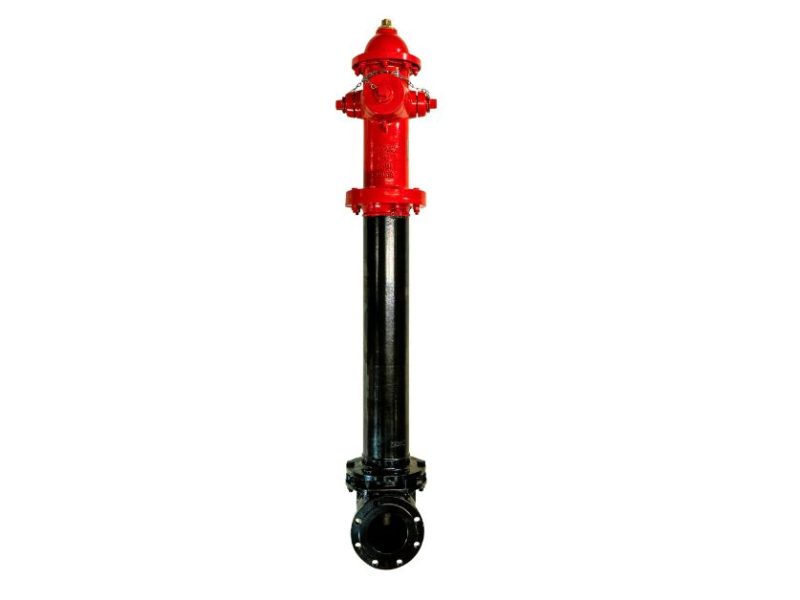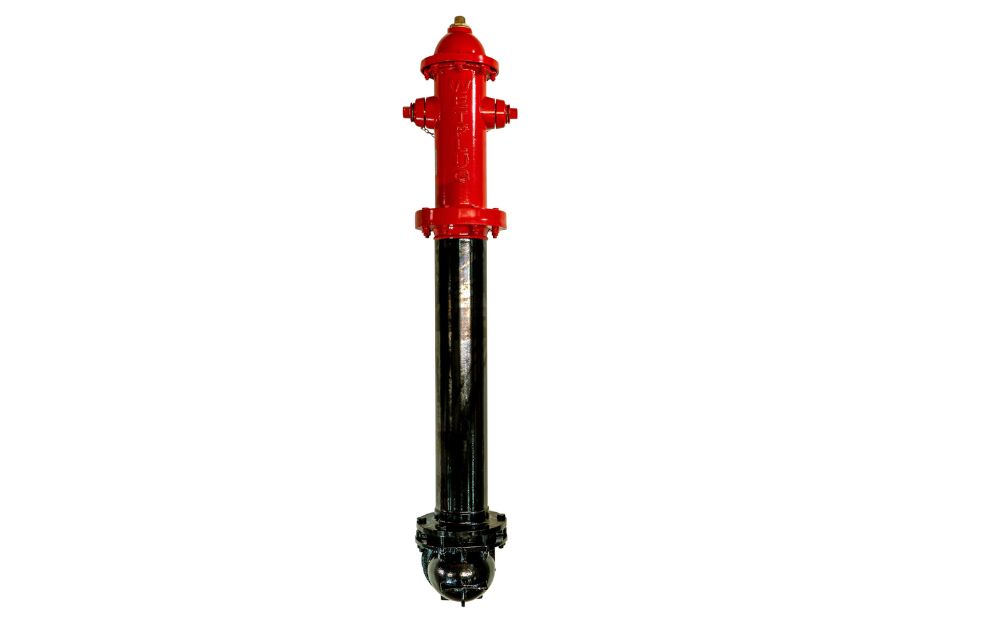
Dry barrel hydrants are essential fixtures in colder climates where freezing temperatures can pose a threat to water supply systems. These hydrants are designed to keep water below ground until needed, preventing freezing within the barrel. However, like any mechanical system, they are not immune to problems. Understanding the common issues with dry hydrants and how to fix them can ensure they remain reliable in emergencies.
1.Leaking Hydrant
Issue:
One of the most common problems with a dry hydrant is leakage around the nozzle or stem area. This could be due to worn-out O-rings, damaged gaskets, or improper seating of the hydrant valve.
How to Fix:
- Inspect the gaskets and O-rings for wear or damage.
- Replace any worn seals with the manufacturer-approved parts.
- Ensure that the hydrant valve is seating properly and that the stem threads are in good condition.
- If leakage continues after seal replacement, the valve seat may be compromised and need replacing.
2.Standing Water in the Barrel
Issue:
A dry hydrant is designed to drain automatically after use. If water is found standing in the barrel, the drain valve may be clogged, stuck, or malfunctioning.
How to Fix:
- Disconnect the hydrant from the water supply and inspect the drain valve.
- Clear any debris or sediment blocking the drain hole.
- Lubricate the drain valve if it’s sticking due to corrosion or dryness.
- If the drain valve is damaged, replace it to restore proper function.
3.Frozen Hydrant
Issue:
If the hydrant is not draining properly, water left inside can freeze during cold weather, rendering the hydrant useless in an emergency.
How to Fix:
- Check for standing water in the barrel after hydrant operation.
- Confirm that the drain valve is working and that the drain hole is not blocked.
- Use heating methods (such as a safe external heat source) to thaw a frozen hydrant, and then repair the drain function to prevent future issues.
4.Difficult to Operate
Issue:
A dry hydrant that is difficult to open or close can indicate stem corrosion, internal thread wear, or a misaligned operating nut.
How to Fix:
- Lubricate the operating nut and stem using appropriate hydrant lubricant.
- If corrosion is present, clean and inspect the stem and threads.
- Replace the stem or nut if threading is stripped or worn.
- Ensure the hydrant is properly aligned during reassembly to maintain smooth operation.
5.Valve Won’t Close Fully
Issue:
If water continues to flow after the hydrant is turned off, it may mean the valve seat is damaged or debris is caught in the seat area.
How to Fix:
- Fully disassemble the hydrant to access the valve seat.
- Remove any debris or sediment obstructing closure.
- Inspect the valve seat for cracks or warping; replace if necessary.
- Reassemble and test for proper shutoff.
6.Broken or Bent Operating Rod
Issue:
Frequent use or improper operation can cause the operating rod inside a dry hydrant to become bent or broken, making the hydrant inoperable.
How to Fix:
- Shut off the water supply and remove the top section of the hydrant.
- Carefully extract the operating rod.
- Replace the damaged rod with a manufacturer-approved replacement.
- Reassemble and test the hydrant for proper operation.
7.Corrosion and Rusting
Issue:
Over time, parts of the dry hydrant—especially metallic components—can corrode, particularly in humid or polluted environments.
How to Fix:
- Periodically inspect hydrants for signs of rust or corrosion.
- Apply rust inhibitors and lubricants where applicable.
- Replace heavily corroded components to maintain hydrant integrity.
- Consider installing a protective coating or using corrosion-resistant materials for replacements.
8.Loose Nozzle Caps or Threads
Issue:
Loose or damaged nozzle caps can lead to water leakage and reduce pressure during operation.
How to Fix:
- Tighten nozzle caps using the correct tool and technique.
- Replace any damaged threads or caps with compatible parts.
- Apply food-grade grease to threads to ensure ease of future operation.
In Conclusion
Regular maintenance & timely repairs are essential to ensure the longevity and reliability of a dry barrel hydrant. By identifying and addressing these common issues early, property owners and municipalities can ensure their hydrants are always ready when needed, especially during critical fire emergencies.
For premium-grade dry hydrants, replacement parts, and expert guidance, trust Sensor Tech—your reliable partner in hydrant solutions.





